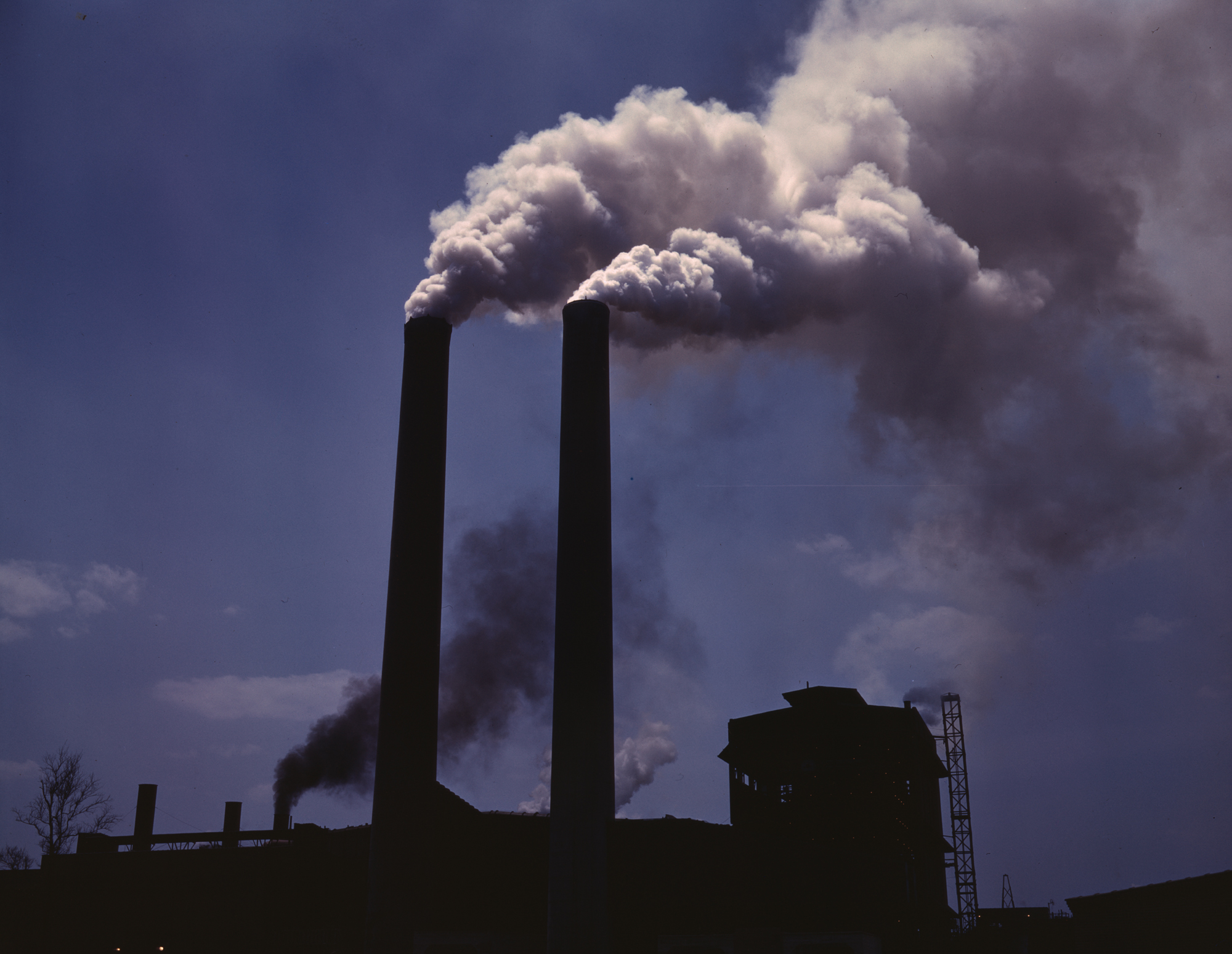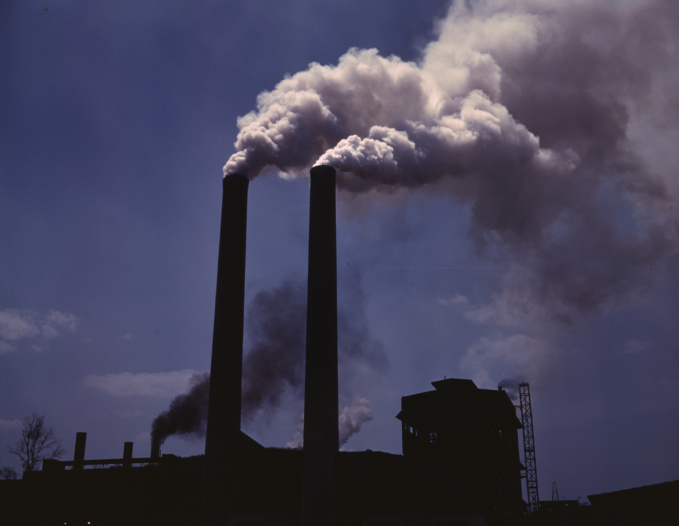Last week, the main department of the Central Committee of the Communist Party of China and the State Council of the country issued a joint statement. They announced the launch of a nationwide carbon market in the country. Details of the new regulation are disclosed in an explanatory document by the National Development and Reform Commission of China. Recall, since 2013, the pilot carbon markets have operated in seven provinces of the country. They are designed to implement the quotas of energy, cement, steel and a number of other sectors. Their total turnover reaches $ 680 million, the average price per ton of reducing CO2 emissions is from $ 3 to $ 10.
The new scheme will affect about 1,700 companies in the energy sector if their emissions exceed 26,000 tons of CO2 per year. Cumulatively it is about 3.3 billion tons, or 39% of all emissions in the country. The exact date of the start of trading on the market has not yet been named. It is expected that in the next year the companies will recheck and verify their carbon reporting, as well as receive quotas in the test mode. The market is expected to be launched in full by 2019.
All this means that China is about to launch one the world's largest carbon market. Now there are European trading system in the EU and markets in New Zealand, South Korea, California and a number of northeastern US states and provinces of Canada operating in this area. However, old markets do not show very positive dynamics. For example, the market in the EU was launched in 2005. It covers about 40% of all emissions (2 billion tons of CO2), but for its successful operation - to ensure redistribution of green investments in reducing greenhouse gas emissions - the price per unit of emission reductions should have been level of € 25-30. In the last few years, however, it has been less than € 10 (about € 7 now). Starting in 2014, the market has been regularly reformed, and the latest package of reforms was announced in November this year. Its essence is in withdrawing or reserving excessive quotas (to cut supply and raise prices), as well as in banning acquiring rights to cuts in other markets.
The California market was launched in 2011, the expected price on it was about $ 30-40 per ton, but in reality it was about $ 13. The main problems of the largest existing markets are the difficulties with precise calculation of quotas and macro forecasting, as well as requirements of industrial companies to increase the volume of permits for emissions. All this leads to an excess of quotas and low prices for them, which, in turn, does not allow markets to work for "greening" the economy is as successful as it was supposed to be.
China is trying to take this experience into account, the developers of its system say. It is not yet determined how exactly the quotas will be distributed - the first year of operation of the system will be just a probe. According to the forecasts of China Emission Exchange (which controls carbon trading in Guangdong), the initial price in the national market is likely to be about $ 7.50 per ton of CO2, but in the future it could grow to $ 45.
China ranks first in terms of greenhouse gas emissions in the world. Between 2000 and 2010, emissions in the country increased more than twice (by 110%). Subsequently, the growth slowed slightly: from 2010 to 2016, they grew only by 16% due to a decrease in coal consumption (falling for several years, but may again grow this year), development of renewable energy and energy efficiency. The goal of the PRC in the framework of the Paris Climate Agreement is to pass the peak of greenhouse gas emissions by 2030, reducing the carbon intensity of GDP by 60-65% of the 2005 level. According to the forecasts of various international organizations, the introduction of the national carbon market will help to reduce emissions by at least 30% by 2030.
source: theguardian.com
The new scheme will affect about 1,700 companies in the energy sector if their emissions exceed 26,000 tons of CO2 per year. Cumulatively it is about 3.3 billion tons, or 39% of all emissions in the country. The exact date of the start of trading on the market has not yet been named. It is expected that in the next year the companies will recheck and verify their carbon reporting, as well as receive quotas in the test mode. The market is expected to be launched in full by 2019.
All this means that China is about to launch one the world's largest carbon market. Now there are European trading system in the EU and markets in New Zealand, South Korea, California and a number of northeastern US states and provinces of Canada operating in this area. However, old markets do not show very positive dynamics. For example, the market in the EU was launched in 2005. It covers about 40% of all emissions (2 billion tons of CO2), but for its successful operation - to ensure redistribution of green investments in reducing greenhouse gas emissions - the price per unit of emission reductions should have been level of € 25-30. In the last few years, however, it has been less than € 10 (about € 7 now). Starting in 2014, the market has been regularly reformed, and the latest package of reforms was announced in November this year. Its essence is in withdrawing or reserving excessive quotas (to cut supply and raise prices), as well as in banning acquiring rights to cuts in other markets.
The California market was launched in 2011, the expected price on it was about $ 30-40 per ton, but in reality it was about $ 13. The main problems of the largest existing markets are the difficulties with precise calculation of quotas and macro forecasting, as well as requirements of industrial companies to increase the volume of permits for emissions. All this leads to an excess of quotas and low prices for them, which, in turn, does not allow markets to work for "greening" the economy is as successful as it was supposed to be.
China is trying to take this experience into account, the developers of its system say. It is not yet determined how exactly the quotas will be distributed - the first year of operation of the system will be just a probe. According to the forecasts of China Emission Exchange (which controls carbon trading in Guangdong), the initial price in the national market is likely to be about $ 7.50 per ton of CO2, but in the future it could grow to $ 45.
China ranks first in terms of greenhouse gas emissions in the world. Between 2000 and 2010, emissions in the country increased more than twice (by 110%). Subsequently, the growth slowed slightly: from 2010 to 2016, they grew only by 16% due to a decrease in coal consumption (falling for several years, but may again grow this year), development of renewable energy and energy efficiency. The goal of the PRC in the framework of the Paris Climate Agreement is to pass the peak of greenhouse gas emissions by 2030, reducing the carbon intensity of GDP by 60-65% of the 2005 level. According to the forecasts of various international organizations, the introduction of the national carbon market will help to reduce emissions by at least 30% by 2030.
source: theguardian.com



















